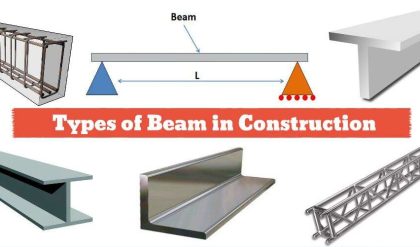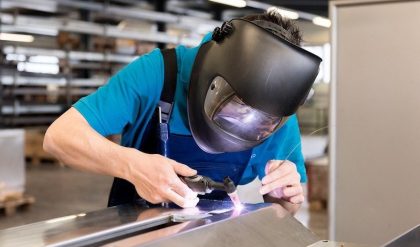Structural members subjected to tensile forces are known as tension members. IS 800:2007 describes Tension members in Cl. 6.1 as linear members in which axial forces act to cause elongation (stretch). The connections are made in such a way that the eccentricity of loading and bending stresses are avoided. Even though bending stresses may develop due to the self weight of the member, these stresses are very small and often neglected. However if bending stress is developed due to the eccentricity of connections or due to the incapability of the connections to create the above considerations, the additional stresses need to be accounted for as per specifications.
TYPES OF TENSION MEMBERS
Tension members can be classified into the following heads.
1. Wires, strands and cables
A strand consists of individual wires wound helically around a central core. A wire rope consists of a number of strands wound helically around a core. Cables are group of individual strands wound helically around a core.
2. Bars and rods
Bars and rods are straight member which have considerable cross section. These can be either circular square or rectangular in cross section. Unlike cables, wires and strands, they are used individually as structural members. They are often bolted to the other members by means of threaded ends.
3. Plates and flat bars.
They are very commonly used. Plates are members where one dimension (thickness) is very small in comparison with the other dimensions. Flat bars are usually rectangular in cross section and the cross sectional dimensions are comparable where as the length is very large in comparison with the cross sectional dimension.
4. Structural sections
Standard structural steel sections like angles are also used as tension members. These are available in standard dimensions and length.
5. Built up sections
Built-up sections are also used very frequently in construction. These are formed by using a combination of more than one standard sections and/or plates.



